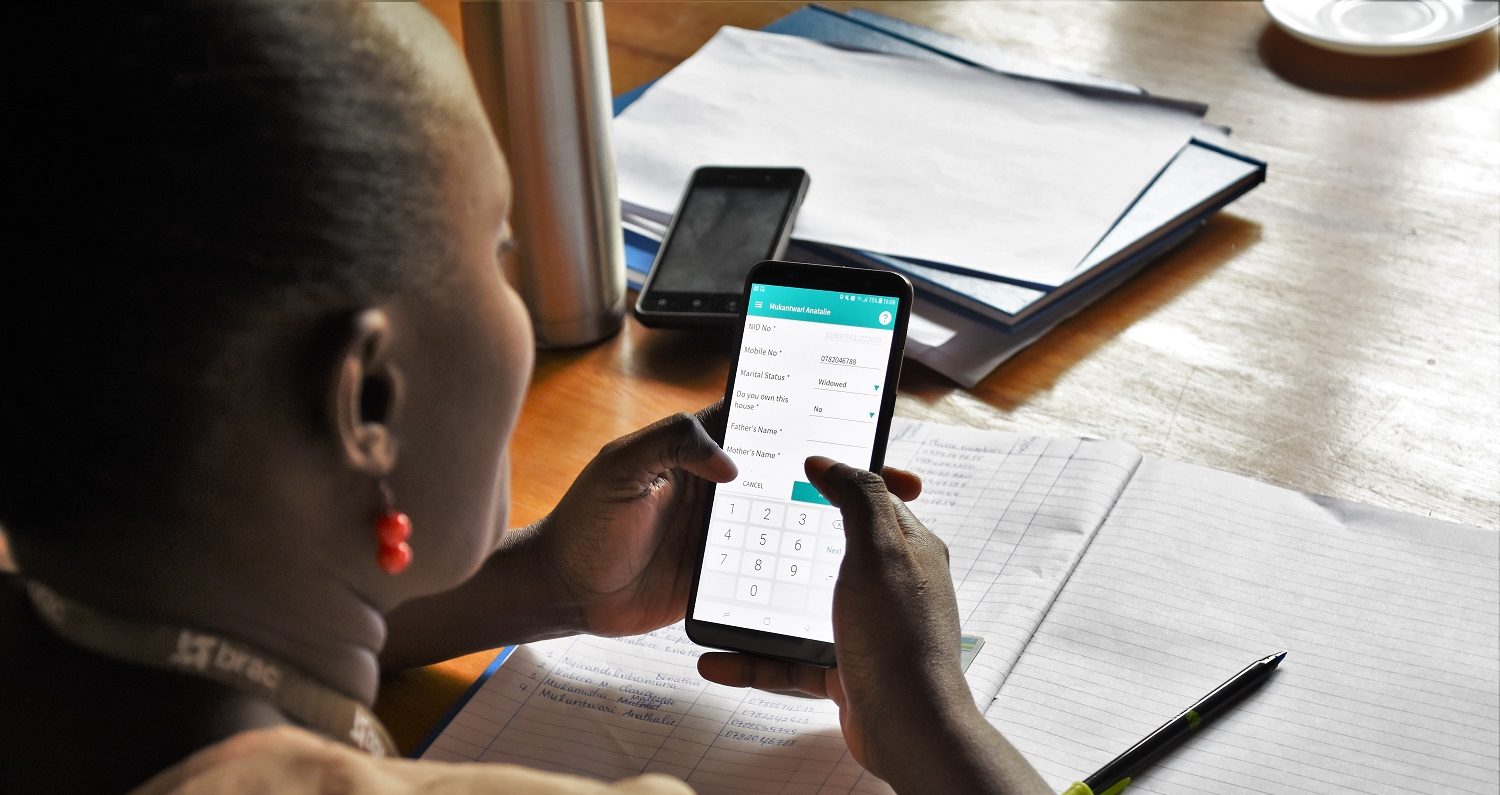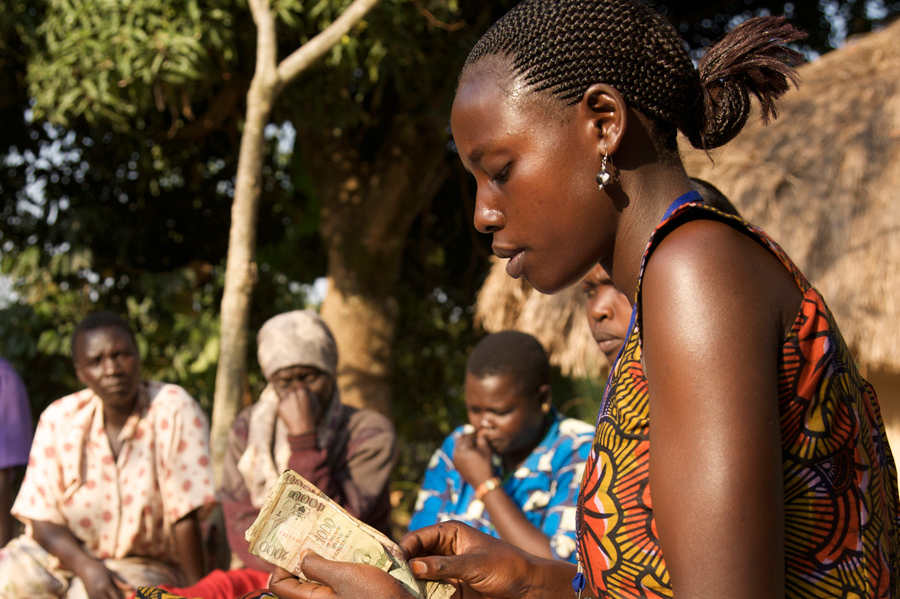
Financial Inclusion: Lifting People Out of Poverty
People living in poverty are disproportionately excluded from formal financial systems, which creates compounding costs in their day-to-day lives. Ensuring access to financial services can enable families to weather shocks, increase consumption, invest in businesses, and build stable livelihoods.
Your impact
microfinance borrowers and savers accessing financial services globally
microfinance clients outside Bangladesh are women
microfinance clients in Bangladesh are women
in microfinance loans disbursed in 2021
Our work in action
What is financial inclusion?
Around 1.7 billion people worldwide do not have access to financial services, and the majority are women. Learn how BRAC’s inclusive financial services enable people to grow their assets, invest in small businesses, manage shocks, and build economic resilience.
BRAC’S APPROACH TO FINANCIAL INCLUSION
BRAC offers inclusive, accessible, and convenient loan and savings products that are tailored to the needs of local clients, including women, smallholder farmers, migrant workers, small business owners, and youth. BRAC complements these services with financial education and client protection, enabling borrowers to make informed financial decisions.
Microfinance services

Many women in low-income economies are disproportionately left out of formal financial systems and often cannot make financial decisions for their households. When women have control of their finances, they are more likely to invest in family needs, such as health care, nutrition, and education. BRAC emphasizes providing financial education and access to financial services for women, enabling them to become financially independent and uplift their families.
Empowering women

Pairing financial inclusion with other social services can amplify their impact on reducing poverty. BRAC complements many of its other social programs with microfinance services, such as programs for youth, agriculture and food security programs, and programs supporting people living in extreme poverty.
Multiplying impact

BRAC is at the forefront of financial technology, using innovative digital solutions to expand client offerings, develop new products and services, and improve data collection and program quality. For example, in Rwanda, BRAC is piloting a mobile app that analyzes anonymous household data to help us better understand the financial barriers facing clients. In Bangladesh, BRAC Bank launched bKash, a mobile money service that allows clients to send, save, and spend money. bKash has more than 30 million users across the country, including women, people living in poverty, and other groups that are traditionally left out of financial services.
Digital innovation

BRAC believes sustainable poverty reduction must unite both economic and social development.
Financial inclusion is an integral part of BRAC’s holistic approach to development, equipping people who would otherwise be excluded from formal financial systems with the tools to invest in themselves, their families, and their communities.
Microfinance, responsibly delivered, is an incredibly powerful tool to help people lift themselves out of poverty. That is why for over four decades, financial services have been central to BRAC’s holistic approach to development.”
Our work in action
Victoria invested in her tailoring business and built her dream home.
Victoria is a businesswoman from Lushoto, Tanzania. When Victoria was 23 years old, she left for Dar es Salaam to work as a housemaid and, while there, got tailoring classes. Now she has a tailoring business, a motorcycle for rent, and a farm.
Program highlights
How financial inclusion can build economic resilience amid COVID-19
The worldwide economic effects of the coronavirus pandemic threaten to plunge half a billion people into poverty. As the crisis continues to take a massive economic toll, financial inclusion remains a critical tool for helping people living in poverty to recover.



